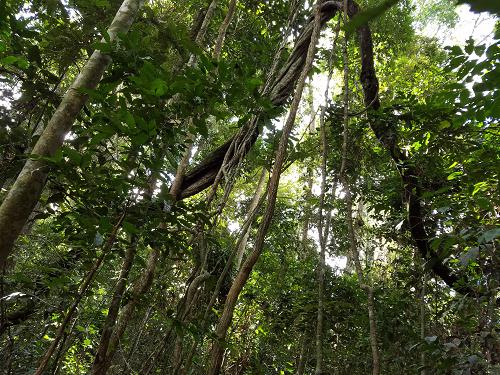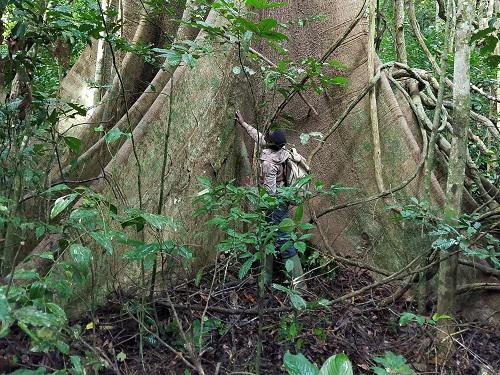Jules Christian Zekeng
Other projects
3 Aug 2020
Ecology, Spatial Modelling of High-Priority Species for Conservation and Community-Based Involvement in their Conservation in the Doume Communal Forest in Cameroon
11 Jan 2023
Improving Conservation and Sustainable Management of Threatened Species in Angossas Communal Forest of Cameroon Under Logging and Human Pressures
The main aim of this project is to provide baseline data for developing a Conservation and Sustainable Management Strategy (CSMS) of the Doume Communal forest in eastern Cameroon. More specifically, this study will focus on some critical scientific, conservational, and social problems, including:
i) assess the botanical diversity of the Doume Communal rain forest and describe the vegetation patterns;
ii) produce plant species checklist of Doume Communal rainforest area with a red data list highlighting the conservation status of species with high-value conservation;
iii) mapping the distribution of these high conservation priority species and locate hotspots for biodiversity conservation;
iv) assess the potential and distribution of carbon stock in Doume Communal Forest;
v) Provide recommendations for the conservation and sustainable management of its natural resources and threatened species.

The Doume Communal Forest (DCF) situated in the eastern region of Cameroon belonging to the Guineo-Congolese domain has high conservation values and is crucial for both national development and the livelihoods of about 22763 local population. It provides a variety of ecosystems services, support livelihoods of riparian people, and harbor populations of many endangered plant and animal species. These forests are subject to intense pressure due to rapid population growth, logging and hunting activities, which exert a different ecological impact on the forest ecosystems.

Our project will be performed in the Doume Forest Communal with a total area of 40 700 ha and locate in Eastern Region of Cameroon. This area has a gradient of rainfall varying from 1 500 to 2 000 mm. The Doume Forest Communal classified in 2015, conserve many forms of biological, geological and cultural legacies. People that still live inside the Communal forest are mainly low-scale farmers, handcrafters, and indigenous which most common income activities are typically planting (corn and bean) and wood extraction. Moreover, surrounding people in the forest continuous to enter and practice agriculture insight into the forest. Under this scenario, the Doume municipal council still does not have a plan to reallocate and prohibit access to those people, and any solution could take many years to be correctly applied, also resulting in conflicts between people and the forest administration.
We propose to provide biological baseline data for developing a Conservation and Sustainable Management Strategy (CSMS) of the Doume Communal rainforest in eastern Cameroon and building the technical capacity for the CSMS’s implementation. With the increasing destruction of natural ecosystems, we argue that the identification of biodiversity hotspots and conservation priorities areas is an critical requirement for a range of environmental applications including land use planning and landscape monitoring. Also, with the evaluation of carbon stocks, we intend to indicate that this forest could be eligible for a REED+ pilot project which could help reduce the pressure of the population in the forest and therefore to secure different ecosystem services to human well-being.